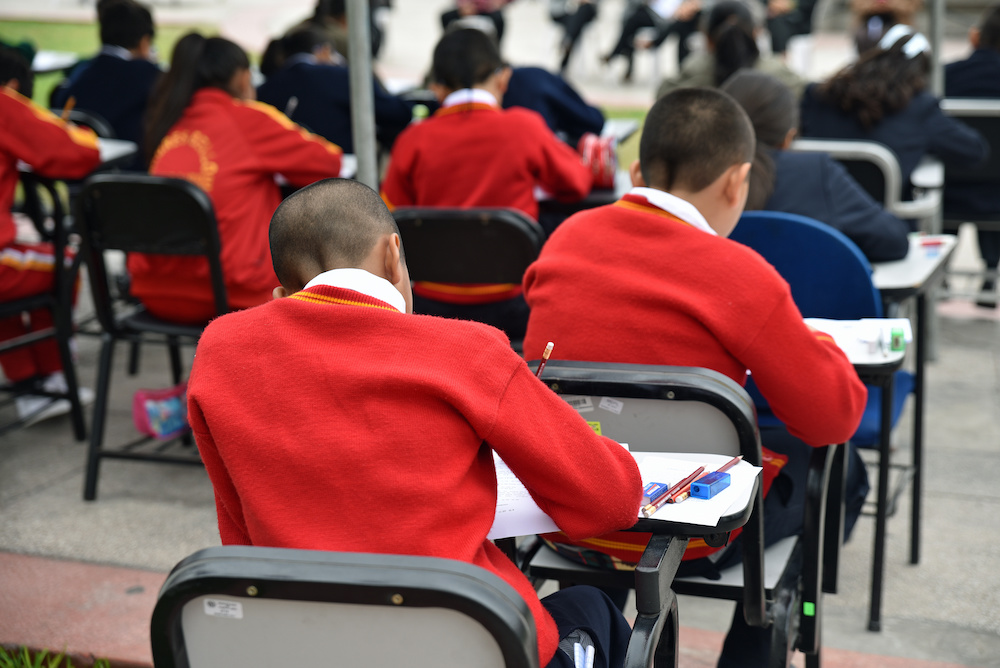Mathematics competitions such as MATHCOUNTS and the American Mathematics Competitions are probably the extracurricular math programs with the widest participation. The most immediate value of these math contests is obvious — they pique students’ interest in mathematics and encourage them to value intellectual pursuits. Kids love games, and many will turn just about any activity into a contest, or in other words, something to get good at. Math contests thus inspire them to become good at mathematics just like sports encourage physical fitness. Eventually, students put aside the games. By then, hopefully an interest in the underlying activity has developed.

Beyond encouraging an interest in mathematics, contests help prepare students for competition. For better or worse, much of life is competition, be it for jobs or resources or whatever. Competition of any sort trains students to deal with success and failure and teaches them that effective performance requires practice. Moreover, nearly every interesting and worthwhile venture in life comes with some element of pressure; competition teaches students how to handle it.
Despite all the benefits of math contests, they are not an unmitigated good. First of all, not all contests are designed well. Students shouldn’t take too seriously contests that greatly emphasize speed or memorization. Curricular contests (particularly calculus contests for high school students) can also be misleading, as they deepen the misconception that there is no more to math than what is in the classroom. Such contests run the risk of encouraging students to overvalue skills that aren’t nearly as valuable as the one asset a contest should help them develop — the ability to think about and solve complex problems.
A second danger of contests is extending kids beyond their ability. Students should certainly be challenged with problems they can’t do from time to time, but if this happens consistently, the experience goes from humbling and challenging to humiliating and discouraging.
A third potential pitfall, burnout, often comes on the heels of the first two. Participants in math contests are just as much at risk of burnout as musicians or athletes. Parents, teachers, and the students themselves should be on the lookout for signs of decreased interest, and they must be willing to back off and allow the student to rediscover an interest in mathematics on his or her own. Burnout is particularly pernicious because the end result often isn’t a backlash against competition, but against math in general. Indeed, even students not involved in contests have to watch out for burnout, though the pressure of contests tends to encourage burnout more quickly than the classroom.
These possible perils are usually more than offset not only by the values we’ve already mentioned but also by the greatest asset of math contests — cooperation. These competitions bring together students of like interests and abilities, allowing them to form their own community in which they will find friendship, inspiration, and encouragement to a far greater degree than most of these students can find in the typical classroom. Whereas a student may be one of only three or four in her school who pursues math the way others play basketball, she will not find herself so lonely at a math contest, where she’ll find many kindred spirits.
In summary, math contests are a tremendous social and intellectual opportunity for students, but exposing students to contests must be done wisely, else they become counterproductive to the goal of encouraging a lifelong interest in mathematics and other intellectual pursuits.











